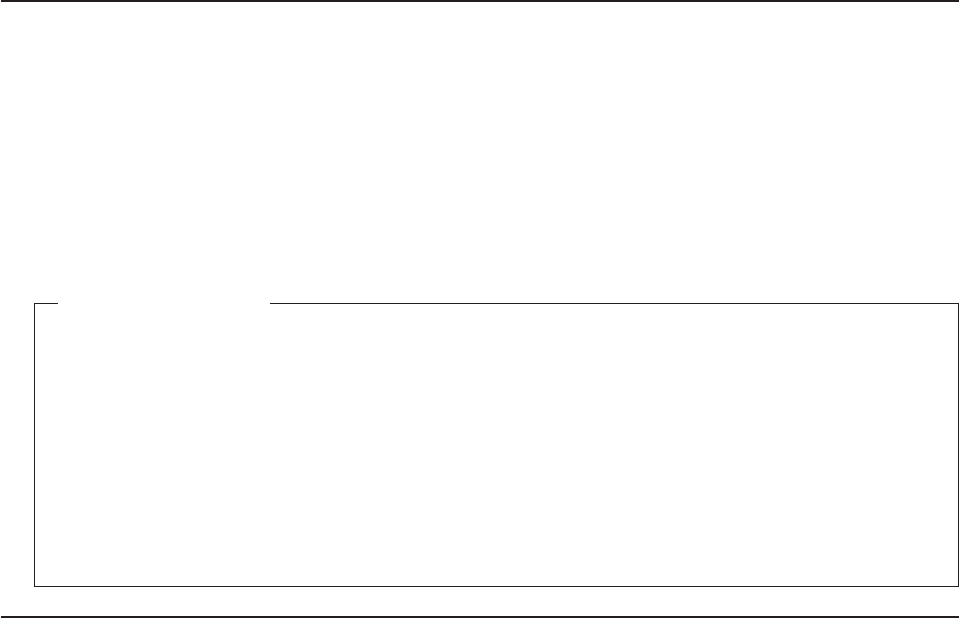
The files ending in .out are produced by running the appropriate command to dump internal (in memory)
trace information or dump data to a file. The completed output file will be found in
/var/adm/SPlogs/css/css.snap.[date-time]tar.Z.
css.snap avoids flooding /var by following these rules:
v If less than 10% of /var is free, css.snap exits.
v If the CSS portion of /var is more than 30% of the total space in /var, css.snap erases old snap files
until the CSS share sinks below 30%. If successful, css.snap proceeds. If not, it exits.
css.snap is called automatically from the fault-service daemon when certain serious errors are detected. It
can also be issued from the command line by service personnel when a switch or adapter related problem
is indicated.
Switch supervisor self-test
The following procedures will help you perform self-test on the switch supervisor cards. Upon completion
of this test, return to the procedure that sent you here.
1. Power off switch assembly from the circuit breaker on the front of the unit.
2. Detach supervisor harness from connector at back of the unit. Detaching the supervisor harness
removes the 12 volt power from the supervisor card.
3. Reinsert the supervisor harness to perform the supervisor card self-test.
4. Check green and yellow LEDs on front of the unit.
This self-test should indicate one of the following conditions for the processor node:
Self-test Conditions
Pass sequence
a. Both LEDs light (about 10 seconds)
b. Green LED stays lit, while yellow LED goes off (about two seconds)
c. Green LED stays lit, while yellow LED flashes node address
d. Both LEDs turn off (about two seconds)
e. Both LEDs light (about one second)
Fail conditions
v Green and Yellow LEDs never light
v Yellow LED flashes wrong address
Verification tests using Perspectives
This section gives you the basic information needed to check the supervisor cards on a single node,
frame, or switch.
Node supervisor verification
From the Hardware Perspectives window:
1. The Hardware Perspective should open with a node pane displayed. If it does not, or if you would like
to open an additional node pane:
a. Click the ″Add Pane″ icon on the tool bar
v The Add Pane dialog box opens
b. From the ″Pane Type″ pull down, select ″Nodes″
c. Select your choice of adding the pane to the current window or to a new window
d. If desired, enter a new pane title
e. Click ″OK″ to open the pane and close the dialog box
3-4 RS/6000 SP: SP Switch Service Guide
